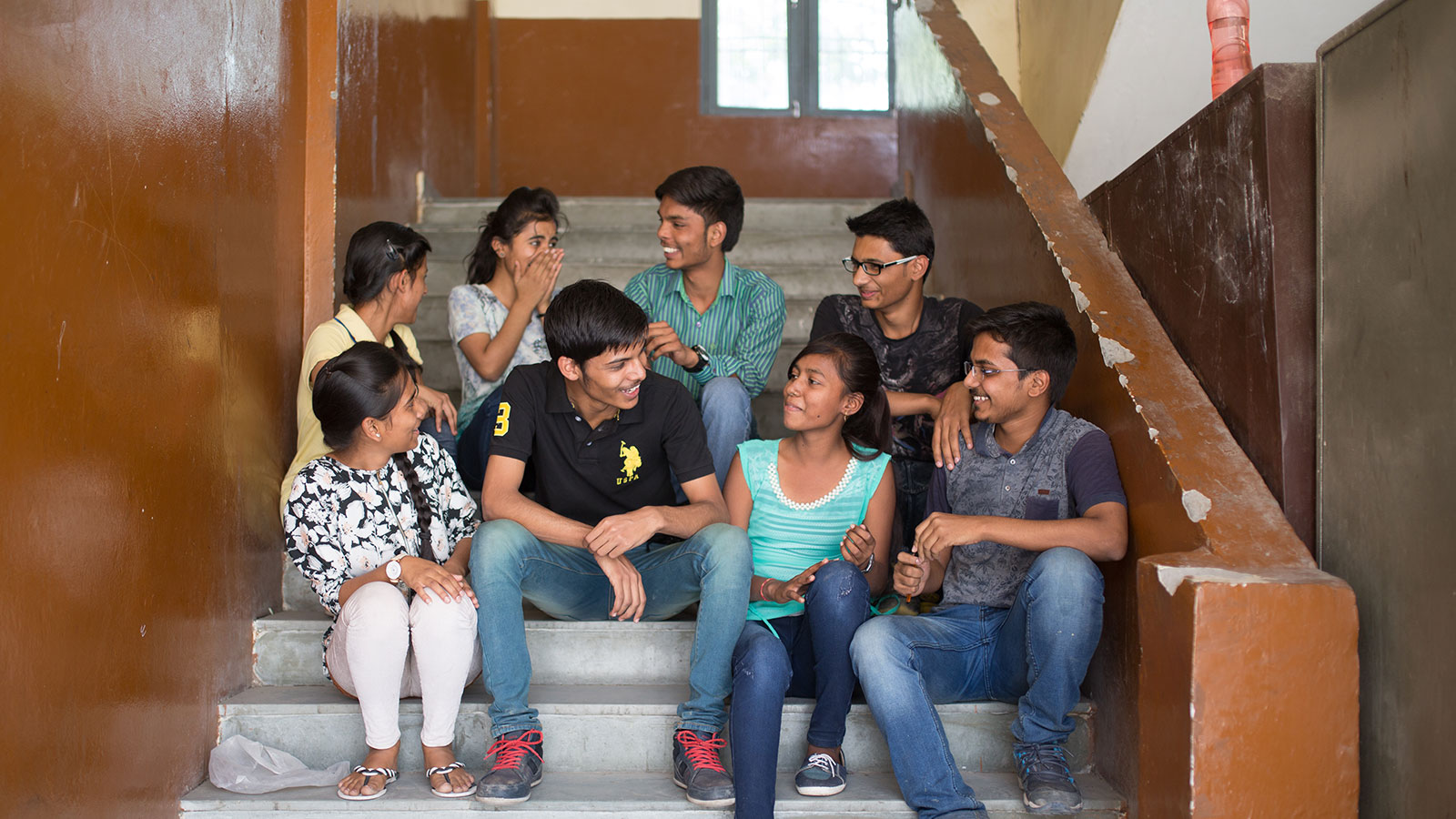The concept of traditional investment is rooted in an expectation of some benefit in the future. Investors balance potential risk with potential return, and then choose how to allocate their money. Impact investing moves us from a model focused on balancing risk and return to one that focuses on risk, return, and measurable social impact rooted in scalable and sustainable models.
The primary impetus for the foundation to explore and adopt Performance-Related Investments (PRIs) as a social impact funding tool was to create large-scale impact coupled with sustainability. The foundation’s investments are market-based solutions – meaning that the beneficiaries are customers who pay for and demand products and services that improve education outcomes, employability skills, and more. As investors, impact investing necessitates a roadmap to sustainability. The investees must have a business model that will not depend on philanthropic support in the long- term.
If the product or business the foundation is supporting – like a business that is creating financial services for low-income families in India who are traditionally not served by traditional institutions – is creating impact and helping more people save money and access services, then a market will be naturally created. The resulting market will have potential much larger than philanthropic capital alone can support and the foundation’s investment can incentivize other funders and commercial investors – thereby creating an ecosystem not just for that single organization or business, but for other organizations that have a similar business and impact model.
Ujjivan, a financial services company focused on helping low-income people in India, received an initial philanthropic investment. After that initial investment, Ujjivan started to attract commercial capital for their valuable services, and they were then listed on India’s stock exchanges. Because of the increased investment from diverse funding sources, they now serve more than four million customers.
In another example, the foundation’s work with HOPE Enterprise Corporation in the United States is based in the goal to improve access to healthy foods in low-income communities. The foundation partners with HOPE, a Community Development Finance Institution (CDFI), to help finance grocery stores and other food retail businesses. A combination of grant and loan funding for HOPE helps build a healthy food retail ecosystem: HOPE supports grocery retailers to success, proving business models for future investors. In that way, philanthropic funding for HOPE has catalyzed additional funding from other investors by approximately 12.5 times the initial funding, meaning more communities have access to fresh, healthy foods.
The foundation is an “impact-first investor,” which requires that potential investees need to meet a minimum threshold of impact and alignment with programmatic priorities for a proposed investment to be considered. As investors, the foundation always wants to be sure that there is a roadmap for what’s NEXT: are there follow-on opportunities? Is there an acceptable timetable estimated for the repayment of capital and any expected return on the investment? This is the concept behind ‘NEXT’ in the MISSION impact investing framework (read the full blog series here). There is not necessarily a trade-off between social impact and profit in investments. If the right social impact metrics are embedded in the business model, the foundation believes financial and social success are both achievable, and well-corelated.
So, what’s NEXT? Philanthropic organizations should consider the special role impact investing can have in creating and catalyzing markets to work for its beneficiaries. Foundations interested in creating sustainable social impact should examine and re-examine objectives for each investment, and hold themselves accountable for the impact it promises, as well as the scale and sustainability. Rather than getting caught in a debate between financial and impact trade-offs, know this: if the product is appropriate and well-suited for the beneficiary as the target customer, there is an opportunity to deliver IMPACT at SCALE over the long term, assuring that the impact investment meets its intended MISSION.
In partnership with the Michael & Susan Dell Foundation, the Social Innovation & Investment Initiative at the New York University Wagner Graduate School of Public Service (NYU Wagner) analyzed more than 40 foundation-related investments, and together we developed a MISSION framework to document the foundation’s impact investing strategy. The framework is comprised of the following elements: Market, Impact, Scale, Sustainability, Incrementality, Organization and Next. This is the eighth post in a blog series that focuses on each of these elements. This closing post by Scott Taitel, Clinical Professor of Public Service and Director of Social Impact, Innovation & Investment at the NYU Wagner Graduate School of Public Service, reflects on the foundation’s journey to impact investing and what’s NEXT for the industry. Read the full case study here.
